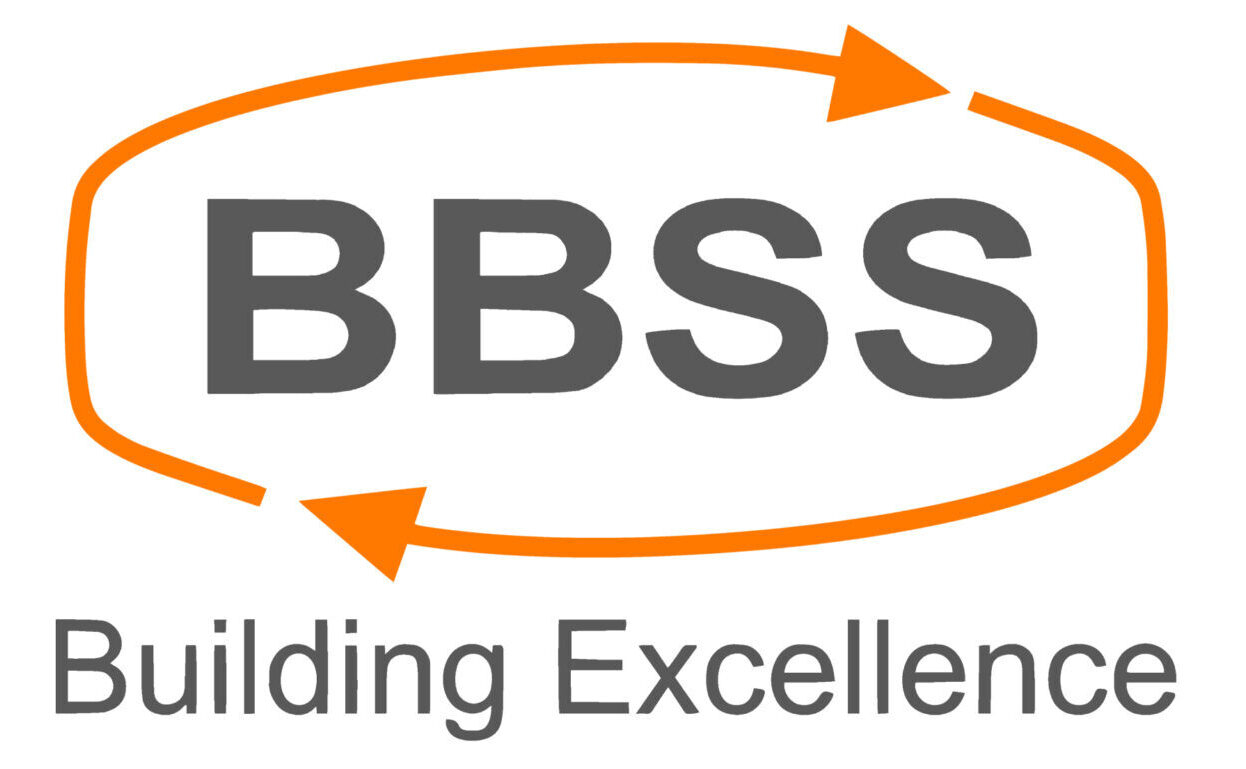Introduction
Inter Branch Reconciliation is an important part of the head office functions for monitoring inter branch and drafts transactions of the Bank. Having said that Inter Branch reconciliation can be defined as a process where the transactions put through by different branches on Inter Branch accounts are reconciled at central accounts department (CAD).
An originating entry of branch X gets reconciled with a responding entry from branch Y. Both the transactions are reported to CAD through daily statements and the transactions are matched at CAD. This completes the process of reconciliation.
The operations involved are:
- Operations at the initiating branch
- Operations at the CAD
- Operations at the CAD for resolving residual outstanding
bRecon is the branch clearing transactions and drafts transactions reconciliation software system for the central accounts BBSSL provides the archival solution, bRECON, their flagship product for this purpose. This product was designed and development by BBSSL, with a view to cater to the needs of these large banks. department of a bank to implement a efficient and effective reconciliation.
Objectives of bRECON
- Aim at achieving T+1 reconciliation
- Automation of processes
- High level of reconciliation
- Reduced level of manual processing of outstanding
- Faster response in identification of error and rectification
- MIS reports
Benefits of bRECON
- User friendly
- Secure architecture
- Easy report generation
- Easy querying interface
- Able to create and manage access controls on users
- Increased customer satisfaction
- Reduction in operational cost
Product Overview
The IBR files from various branches will be uploaded to the CAD through electronic media. The data of daily schedules will be received from branches on a daily basis. A process of pre-validation at the branch level and a post receipt validation at the CAD will be done to ensure accuracy before the data joins the main processing. The daily schedules will be processed in chronological date order with provision for retaining data in case of missing daily schedules pending their receipt. The data will be taken into processing by an automated process of polling and pulling in the data.
An online validation process during the upload of data will essentially check for sanctity of Branch code, date, arithmetical accuracy and balances before moving on to the next process.
A scheduled matching process will ensure online matching with the available data. Online verification and browse facility will ensure flexibility in making changes to data if required. An audit trail of the same will be maintained for modified data. There will be a continuous process which will attempt to match data entering the system with available data and the outstanding generated will then be available for relaxed/forced matching to further reconcile the entries.
Reconciliation will be done on a daily cycle after processing the daily schedule received. The objective is to achieve T+1 reconciliation. Manual viewing of outstanding responding and reversing entries would be implemented for on-line update of reconcilable entries. A process of authorization will be done for manually reconciled entries. The database will hold all entries with identification of corresponding status. Queries may be generated to use e-mail facility to query branches regarding outstanding responding entries or debits.
The report generation module will generate the required outstanding reports as well as facilitate online queries as and when required to report the final outstanding entries for respective branches. The report generation as well as inquiries will be facilitated through the provision of querying using selection criteria like high value, date range, transaction types etc. The solution will have integrated email and escalation module, which will enable sending of outstanding reports via email to respective branches. The escalation module will ensure timely escalations so that necessary action will be taken by the concerned.
Branches will be enabled on a need basis to browse through their outstanding transactions so that they can take further action on the same.
